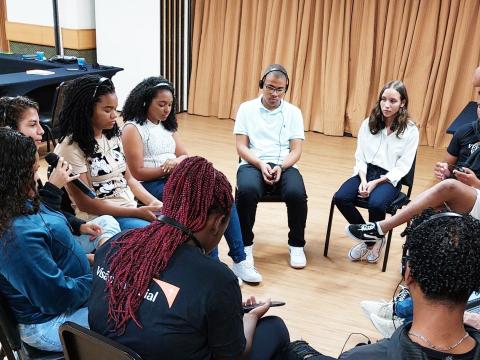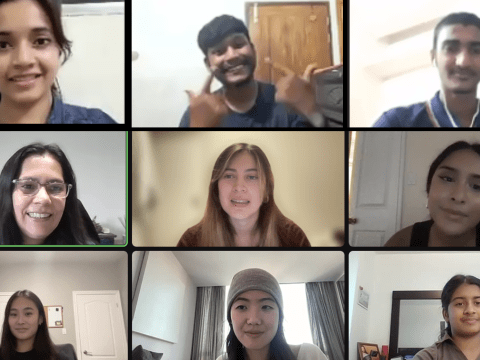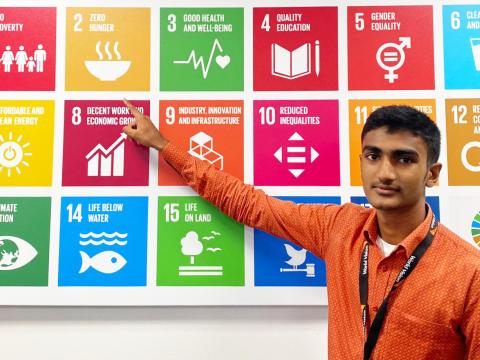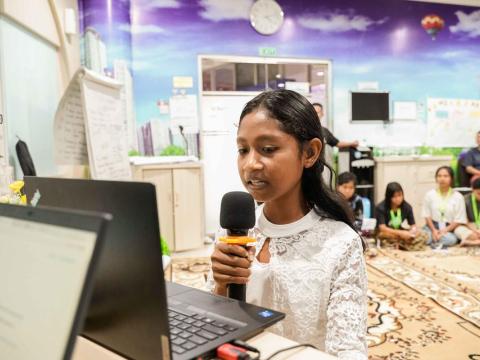
Safer internet day: Every half a second, a child goes online for the first time
Tuesday 6 February, 2024
As the world marks Safer Internet Day, how can we help children be safer online? Safe Online tells us, ‘Every half a second, a child goes online for the first time’. While this brings a host of opportunities, it can also bring serious risks.’ The analogy of Pandora’s box arises – the digital world cannot be put back in the box. So how can we support children to use it safely? Our efforts must include understanding children’s own experiences, empowering children, working with diverse actors and legislation.
The role of Big Tech and its impact on children are under growing scrutiny. Mark Zuckerberg, the head of Meta and owner of Instagram and Facebook, caused headlines last week when he issued an apology to victims of online sexual exploitation after hearing testimony by survivors. Despite Zuckerberg telling a heated US Congressional hearing that Meta was investing in ‘industry-leading efforts’, one Senator told him, ‘You have a product that’s killing people.’ The hearing was a rare moment where lawmakers united to highlight their concerns over social media safety, but the question is whether there will be any concrete changes as a result. More than two decades into the social media age, Big Tech and politicking in the US have so far held back efforts to make social media safer for children.
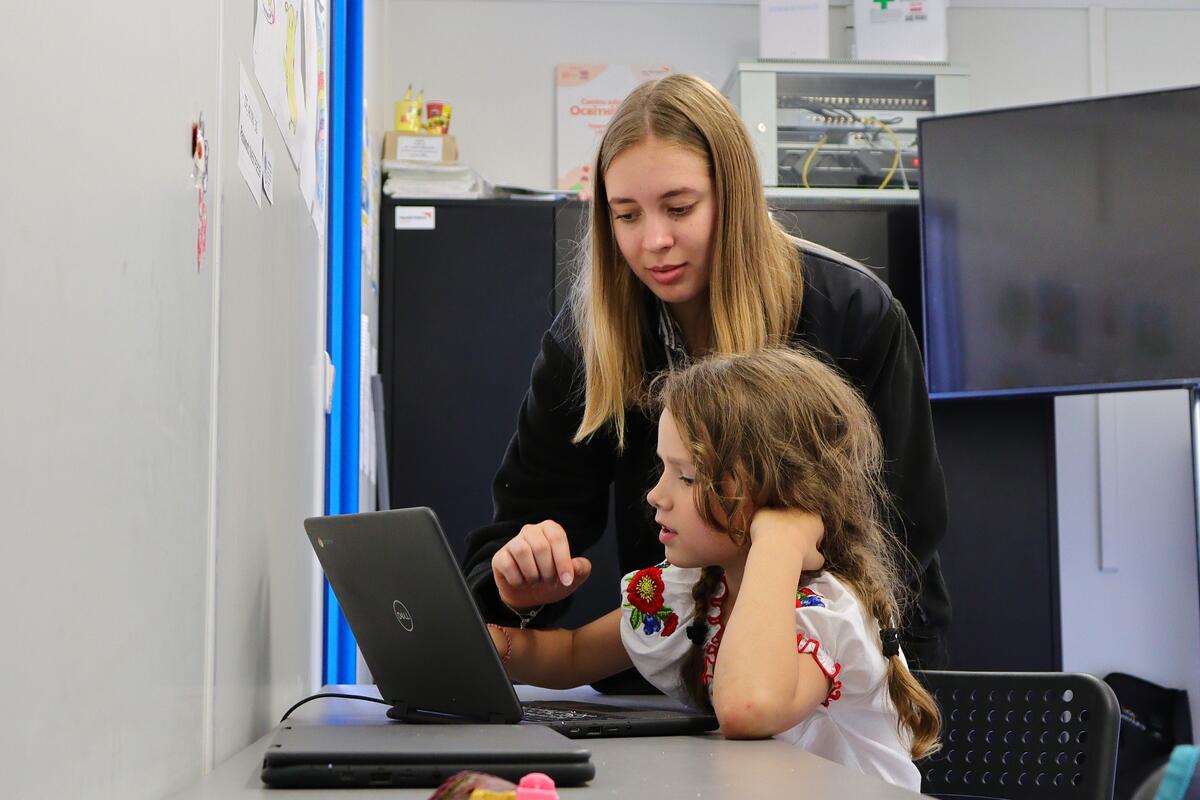
In order to address online safety for children, we must understand children’s own experiences in their own voices. Children and young people must lead and shape these efforts through active participation or consultations. For example, World Vision Germany’s recent study of sexual violence against children in the digital space collated qualitative information and evidence from children and young people, bringing together perspectives from different countries and regions and bringing different children’s experiences to bear.
Increasing children’s own ability to understand online risks and how to manage them is a key part of empowering them to play an active role. World Vision’s pilot project ‘Amplifying Children’s Voices Digitally’, which I co-lead, has taught us that children highly value online safeguarding content. Much to our surprise, children were keen to study a curriculum that includes online rights, privacy settings, how to report incidents, expected online behaviours and avoiding digital addiction. What we heard loud and clear from young people was that having the tools to navigate the internet safely mattered.
What more can be done? Whilst national legislation offers one means of keeping children safe, global treaties also play a role. The UN Convention on the Rights of the Child has been updated to include children’s digital rights with the addition of General Comment No. 25 (2021). Children consulted in its development highlighted stakeholders’ different roles and responsibilities; ‘We would like the government, technology companies and teachers to help us [to] manage untrustworthy information online.’

Yet it seems that global policy-making and government services are not keeping pace with digital risks to children, and a wide range of organisations are stepping into the breach. World Vision’s long-term partner the Global Partnership to End Violence Against Children has ramped up efforts in response to children’s shifts online. Their Safe Online funding is helping grantees invest in stronger systems, building capacity and innovative technology solutions as well as advocating with government and industry to prioritise online child safety in their policies, budgets and business practices. 5Rights put children’s needs and rights at the very heart of digital; to ensure that the same freedoms, protections and privileges that young people are entitled to offline, also apply online.
When it comes to the most vulnerable, a lack of access to technology can further deepen inequalities for children on the margins. Thaki highlights how technology can help refugee and vulnerable children learn and thrive. Education and digital literacy are human rights, and providing an online environment where children are safe and empowered can unlock this, whatever the setting.
The congressional hearings with Mark Zuckerberg last week show how far we still have to go to keep children safe online while providing the space for them to exercise their voices. Whether sharing the right tools online to protect children or through legislation, there’s a growing movement of actors that give strong grounds for hope that children’s safety online IS a priority. Now we must bring the experiences of children online and offline into policy-making, and civil society need to reach across the divide to engage with a diverse coalition of companies, including Big Tech. It is only by all working together that we’ll be able to deliver real change for children online.
Lisa O’Shea is World Vision’s Senior Director, Social Mobilisation
